The Long View 2008-10-05: Dégringolade
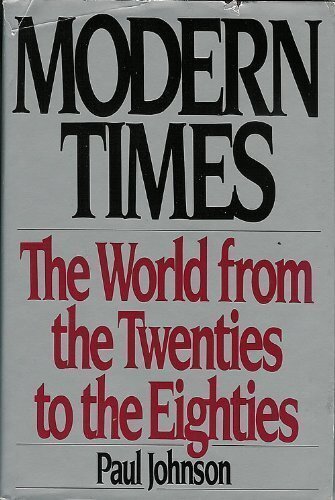
The 1983 version of Modern Times that John J. Reilly recommends here can be picked up for $3 USD used on Amazon. I have read parts of Paul Johnson’s A History of the American People, but only seen snippets of the earlier and broader work. I don’t find Johnson’s works readable, as his partisanship is too galling to me, but in small doses I enjoy his counter-narrative.
Herbert Hoover’s proto-Keynesian attempt to resume the economy has been almost entirely forgotten, so it is useful to restore it to our collective memory. Hoover is not highly regarded as a President of the United States, especially when compared to his successor who is generally given credit for ameliorating the condition of the American people during the Great Depression.
Hoover is a fascinating character, as the bulk of his life was lived during the first great period of globalization. In his life, there are many parallels to the present, which are often obscured by the fractious events of the twentieth century that followed the eclipse of that period of worldwide economic integration.
Hoover made his fortune as a mining engineer, managing mines in Australia, Russia, and China. Like a proto-McKinsey consultant, after making his name he made even more money by rescuing failing mine operations for a share of the profits. He and his wife produced a now standard English translation of the famous 16th century text De re metallica. After making his fortune, he traveled widely doing humanitarian work.
That work propelled him into politics, where he did reasonably well up until the Great Depression. However, his formative experiences were in the world prior to the Great War, which was a fundamentally different time than what followed.
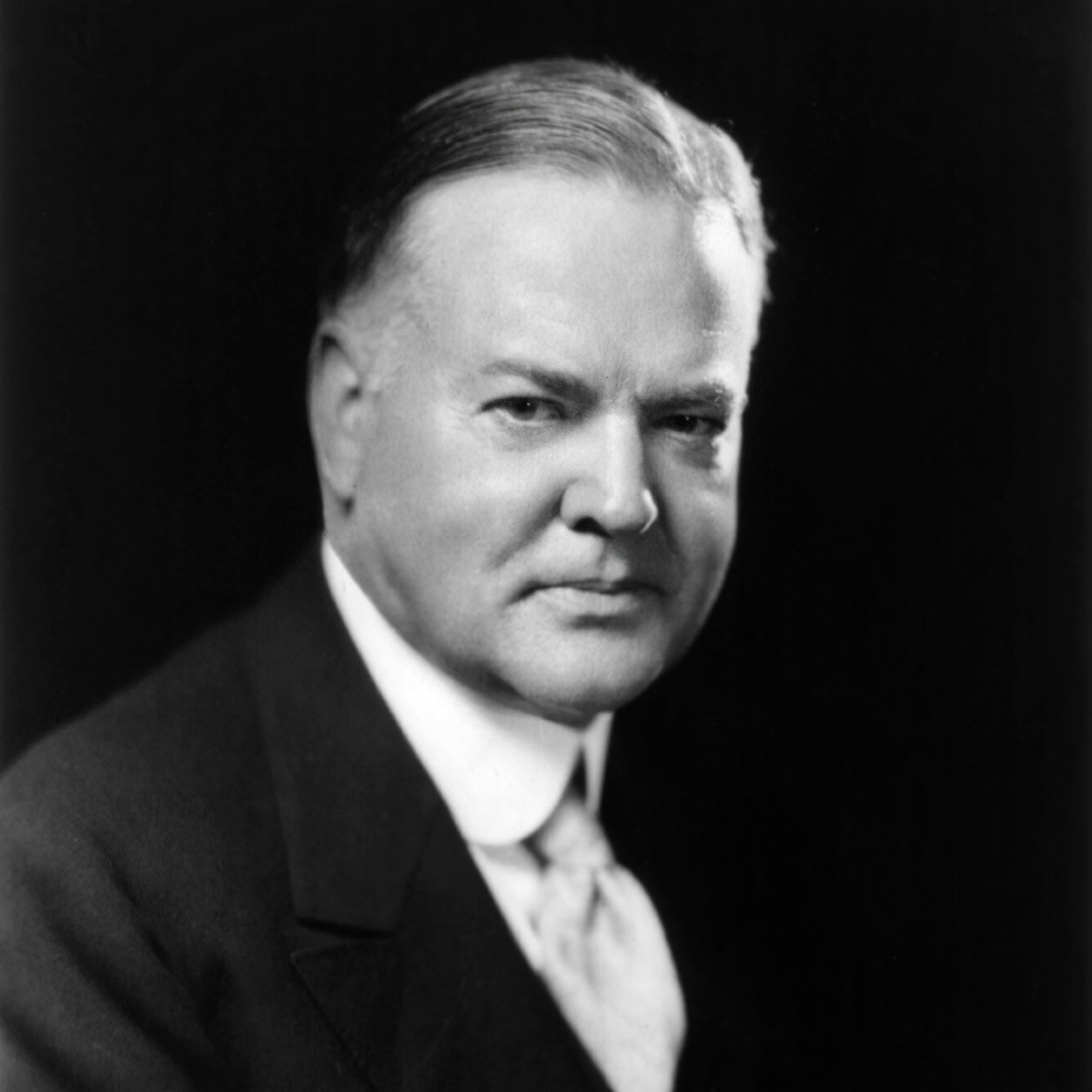
Dégringolade
The title of this entry is not the name of a Mexican-chauvinist soft drink, but of a chapter in my favorite polemical history, Paul Johnson’s Modern Times: The World from the Twenties to the Eighties. (As I may have mentioned earlier in this space, you should read the first edition of this book from 1983 it you can find it, and not the unfortunate later attempt to extend the story into the 1990s.) The chapter deals with the beginning of the Great Depression and of the collapse of the liberal (in the 19th-century sense) world order. Johnson was keen to revise the Keynesian consensus that arose after World War II about the causes of the economic collapse; the merits of the whole of his critique need not detain us here. I mention the book because Johnson is quite right about this: whatever else made the Depression Great, there was no lack of intervention by the Administration of Herbert Hoover.
Indeed in all essentials, Hoover’s actions embodied what would later be called a “Keynesian” policy. He cut taxes heavily. Those of a family man with an income of $4,000 went down by two-thirds. He pushed up government spending, deliberately running up a huge deficit of $2.2 billion in 1931, so that the government share of the Gross National product went up from 16.4 per cent in 1930 to 21.5 per cent in 1931. This increase in government spending, by far the largest in US history in peacetime, reaching $1.3 billion in 1931, was largely accounted for ($1 billion) by a rise in transfer payments. It is true that Hoover ruled out direct relief and wherever possible he channeled government money through the banks rather than direct to businesses and individuals. But that he sought to use government cash to reflate the economy is beyond question. Coolidge’s advice to angry farmers’ delegations had been a bleak: “Take up religion.” Hoover’s new Agricultural Marketing Act gave them $500 million of Federal money, increased by a further $100 million early in 1930. In 1931, he extended this to the economy as a whole with his reconstruction Finance Corporation (RFC), as part of a nine-point programme of government intervention which he produced in December. More major public works were started in Hoover’s four years than in the previous thirty, including the San Francisco Bay Bridge, the Los Angeles Aqueduct and the Hoover Dam; the project for a St. Lawrence Seaway was a casualty of Congressional, not white House, action. In July 1932 alone it gave credits of $2.3 billion and $1.6 billion in cash. Alas, as there was then unanimous agreement that the budget had to be brought back into balance after two years of deficit, the 1932 Revenue Act saw the greatest taxation increase in US history in peacetime, with the rate on high incomes jumping from a quarter to 6.3 per cent. This made nonsense of Hoover’s earlier tax cuts but by now Hoover had lost control of Congress and was not in a position to pursue a coherent fiscal policy.
One economist noted in the past few days that economic rescue packages work only when the economy is good and ready to be rescued. If a package is applied before that point, it will be irrelevant; it may even be forgotten, as Hoover’s proto-Keynesianism was forgotten. Indeed, if dramatic steps are attempted too early, they can make things worse in that their failure could make policy makers and the public despair that any effective action is possible.
One of the themes of Modern Times is that governments that fear neither God nor the market will create an appalling amount of human suffering. Certainly no liberal state has ever created as much misery as a 20th-century Poster Tyrant. Still, we should not forget that even governments that imagine themselves to be perfect pupils of the market can do a great deal of damage. Many policy decisions were the remote but foreseeable causes of the implosion, not least the refusal by East Asian governments to let their currencies float. Nonetheless, these events would not have been possible if the US Federal Reserve and the Bush Administration’s fiscal policies had not been “stimulating the economy” these past seven years like a particularly egregious serial killer in an electric chair being given a double dose. Yes, all those securitized mortgages and counter-party hedges were toxic, but these sordid devices would not been devised if it had not been government policy to ensure that so much capital was available that investors did not have to worry their heads about quality anymore.
Sometimes, tax cuts kill.
Copyright © 2008 by John J. Reilly
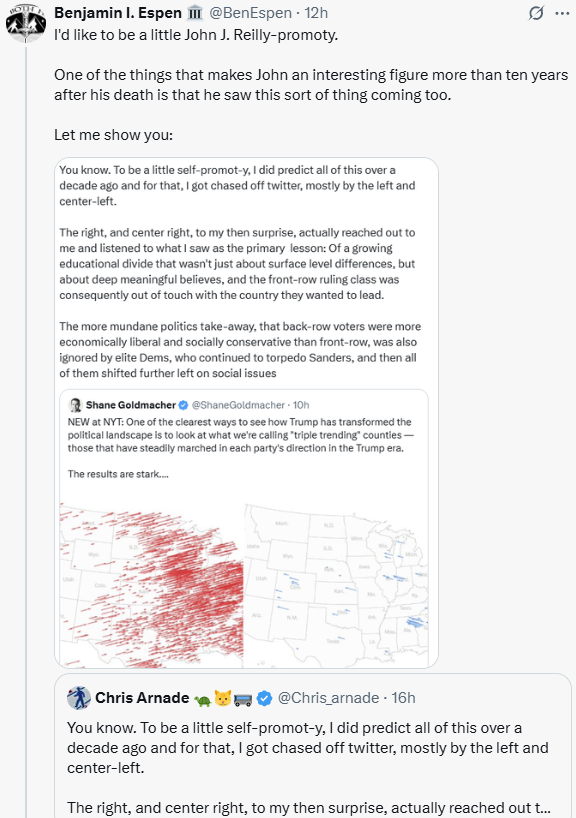
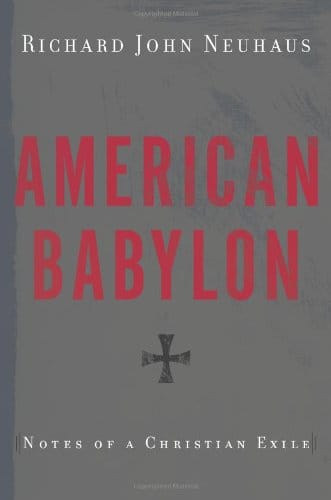
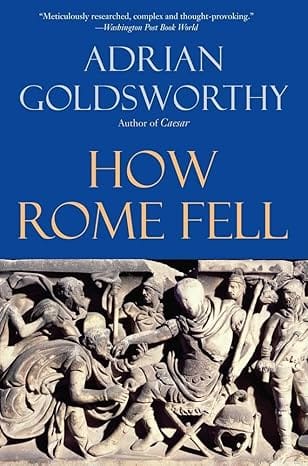
Comments ()